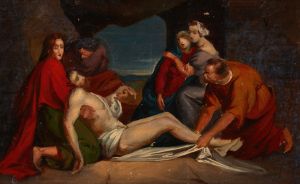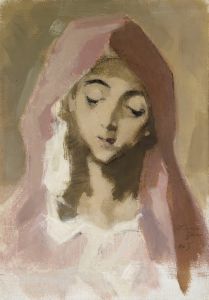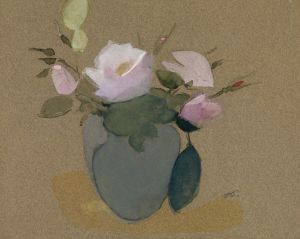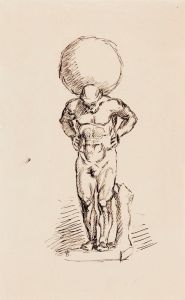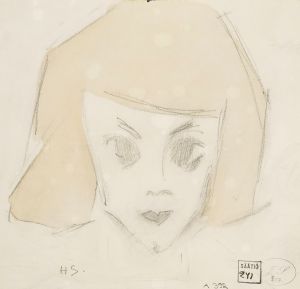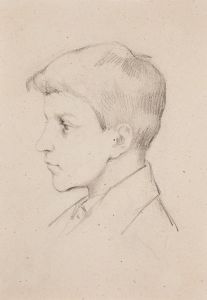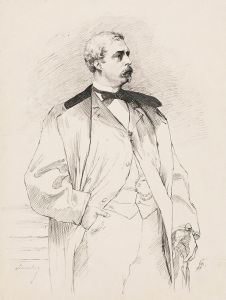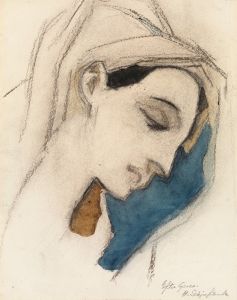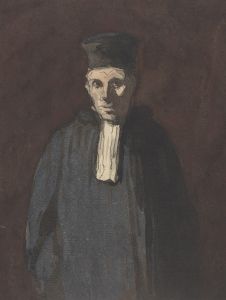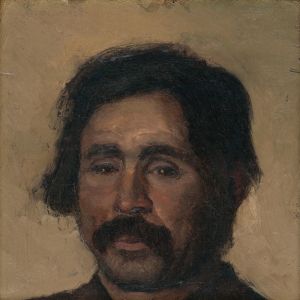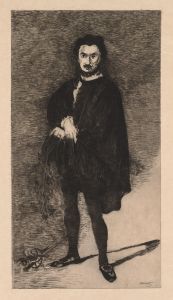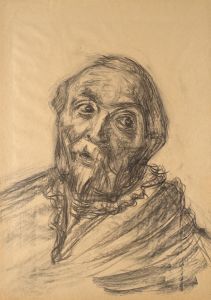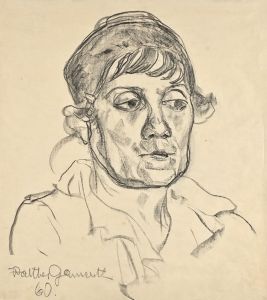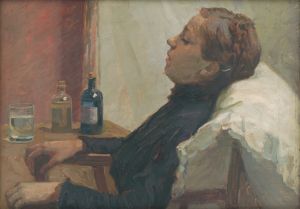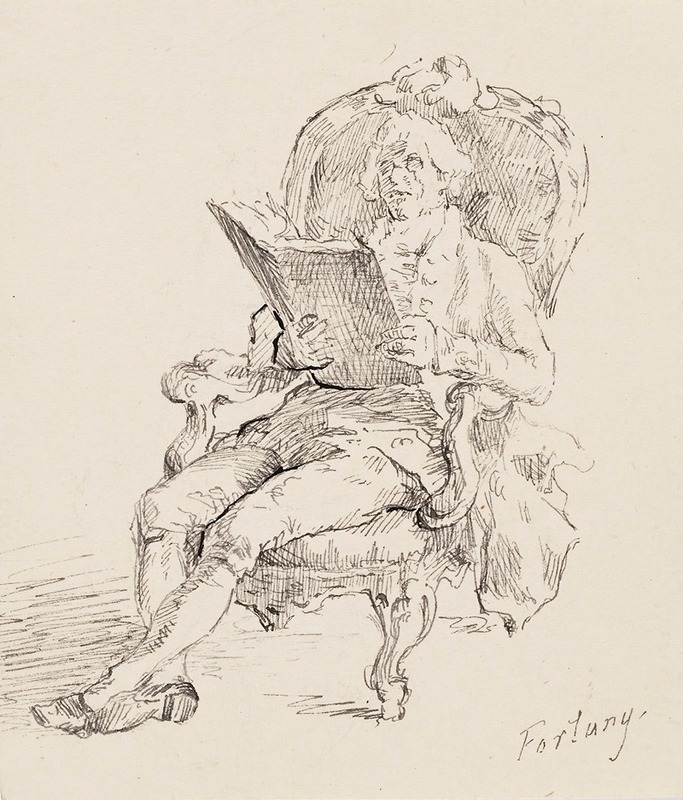
Lukeva mies, Mariano Fortunyn mukaan
A hand-painted replica of Helene Schjerfbeck’s masterpiece Lukeva mies, Mariano Fortunyn mukaan, meticulously crafted by professional artists to capture the true essence of the original. Each piece is created with museum-quality canvas and rare mineral pigments, carefully painted by experienced artists with delicate brushstrokes and rich, layered colors to perfectly recreate the texture of the original artwork. Unlike machine-printed reproductions, this hand-painted version brings the painting to life, infused with the artist’s emotions and skill in every stroke. Whether for personal collection or home decoration, it instantly elevates the artistic atmosphere of any space.
Helene Schjerfbeck's painting Lukeva mies, Mariano Fortunyn mukaan (translated as Reading Man, After Mariano Fortuny) is a work created by the renowned Finnish artist Helene Schjerfbeck (1862–1946). This painting is part of Schjerfbeck's broader body of work, which is celebrated for its modernist approach and emotional depth. The title of the painting indicates that it was inspired by or based on a work by the Spanish painter Mariano Fortuny (1838–1874), a prominent 19th-century artist known for his detailed and vibrant compositions.
Schjerfbeck, who is widely regarded as one of Finland's most significant artists, was known for her ability to reinterpret and adapt influences from other artists and art movements. In this case, she appears to have drawn inspiration from Fortuny, whose works often depicted genre scenes, historical subjects, and figures in richly detailed settings. While the exact Fortuny work that inspired Lukeva mies is not specified, the painting reflects Schjerfbeck's interest in studying and reinterpreting the works of other masters, a practice common among artists of her time.
The painting itself is characterized by Schjerfbeck's distinctive style, which evolved significantly over her career. Early in her life, she was influenced by academic realism, but she later developed a more modernist and pared-down aesthetic. Lukeva mies likely falls into her earlier period, as it demonstrates her interest in detailed figure studies and her engagement with the traditions of European academic painting.
Schjerfbeck's career was marked by her ability to blend influences from various art movements while maintaining a unique and personal vision. Her works often explore themes of introspection, solitude, and the passage of time. While Lukeva mies is not among her most famous works, it provides insight into her artistic process and her engagement with the broader European art scene of her era.
Today, Helene Schjerfbeck's works are highly regarded and are featured in major Finnish art collections, including the Ateneum Art Museum in Helsinki. Her legacy as a pioneer of modern art in Finland continues to be celebrated internationally. Specific details about the current location or exhibition history of Lukeva mies, Mariano Fortunyn mukaan are not widely documented.





